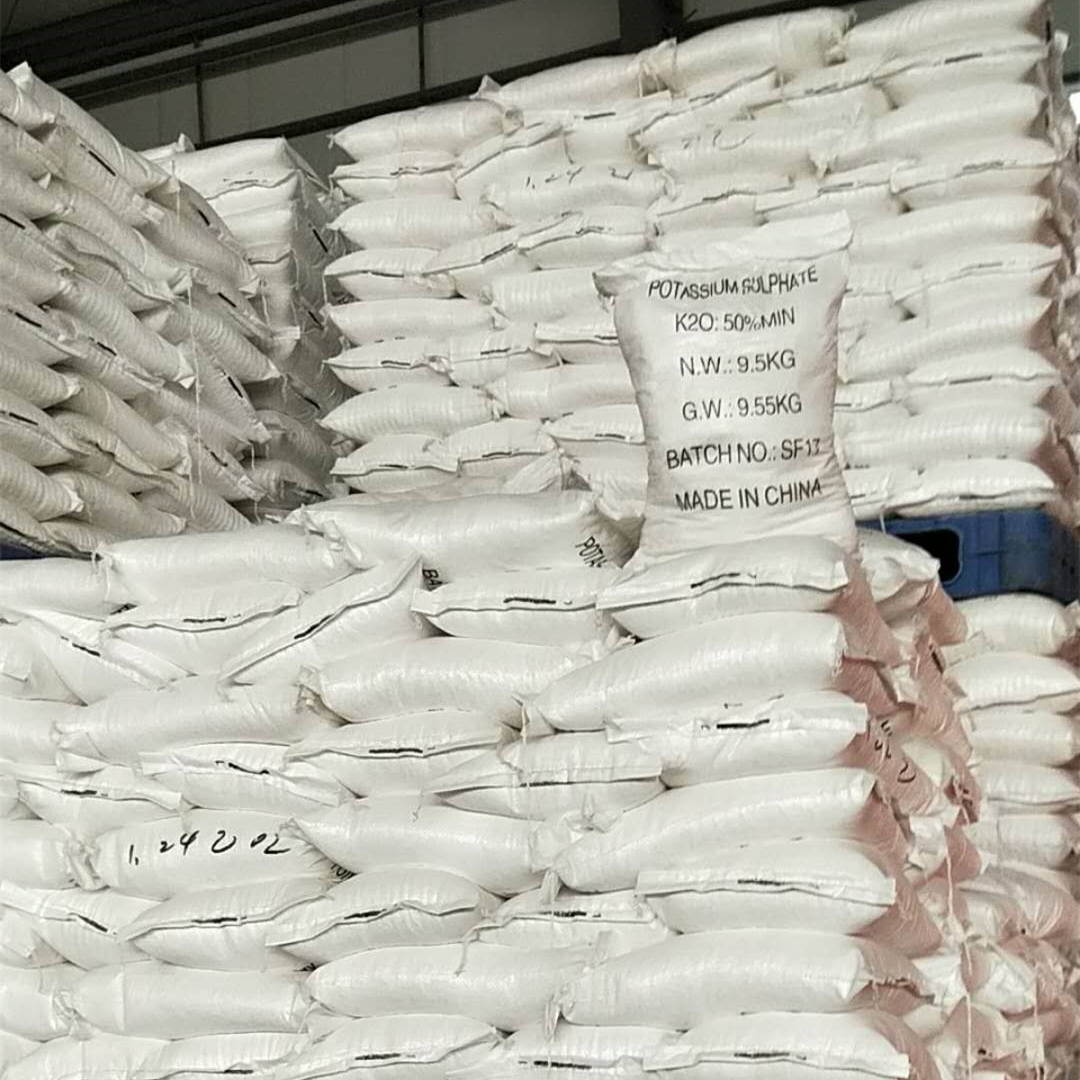
Nov . 08, 2024 15:31 Back to list
best 30-0-10 fertilizer
The Best 30-0-10 Fertilizer A Comprehensive Guide
When it comes to nurturing your garden, the right fertilizer can make all the difference. Among the various formulations available, the 30-0-10 fertilizer stands out as a powerful means to enhance plant growth, particularly for those requiring high nitrogen levels and moderate potassium. This article will explore the benefits, application methods, and ideal plant types for using a 30-0-10 fertilizer.
Understanding Fertilizer Numbers
Fertilizers are formulated with three key nutrients, represented by three numbers, often referred to as the N-P-K ratio. In the case of 30-0-10
- 30 Represents the nitrogen (N) content, which is essential for leaf growth and overall plant vigor. - 0 Indicates zero phosphorus (P), suggesting this formula does not contain significant amounts of phosphorus, which is critical for root development and flowering. - 10 Reflects the potassium (K) content, important for plant resilience, drought tolerance, and overall health.
With this specific balance, the 30-0-10 fertilizer is particularly well-suited for certain plant types, especially those that benefit from high nitrogen levels and do not require extra phosphorus.
Benefits of 30-0-10 Fertilizer
1. Promotes Leaf Growth High nitrogen levels stimulate lush green foliage, making it ideal for leafy vegetables, grasses, and ornamental plants. This characteristic is vital for plants like lettuce, kale, and many herbs, enhancing their growth rates and yield.
2. Supports Overall Plant Health The potassium present helps strengthen plants' cell walls, boosting their resistance to diseases and pests. Healthy plants are less prone to stressors, making a balanced diet crucial for their longevity.
3. Versatile Application The 30-0-10 formulation can be utilized in various settings, including lawns, gardens, and agricultural fields. Its adaptability allows gardeners and farmers to use it across multiple plant species, enhancing productivity.
4. Economic Efficiency As a high-concentration fertilizer, a little goes a long way. This means fewer applications are needed compared to lower-concentration options, making it a cost-effective choice for gardeners and farmers alike.
best 30-0-10 fertilizer

Ideal Application Methods
To maximize the benefits of a 30-0-10 fertilizer, understanding the best application strategies is essential
1. Soil Testing Before applying any fertilizer, conduct a soil test to determine existing nutrient levels. This ensures that the application is tailored to your plants' specific needs, preventing over-fertilization, which can harm plant health and the environment.
2. Timing Apply the 30-0-10 fertilizer during the growing season when plants demand higher nutrient input. Early spring is often the best time to provide a nitrogen boost, especially for lawns and fast-growing plants.
3. Methods of Application Depending on your garden’s size, you can use various methods - Granular form Spread evenly across the soil surface and water in. This method ensures slow-release continuous feeding. - Liquid form Mix with water and apply through a spray or watering can for quick absorption.
4. Frequency Follow the manufacturer's recommendations regarding frequency. Generally, applying every 4 to 6 weeks during the growing season is effective. Adjust based on plant response and growth observations.
Best Plants to Use with 30-0-10 Fertilizer
The following plants thrive well with a 30-0-10 fertilizer application
- Leafy Vegetables Lettuce, spinach, and chard greatly benefit from the high nitrogen content for robust leaf growth. - Grasses Lawns and turf grasses require significant nitrogen for lush growth and a deep green color. - Certain Flowers Annuals and hanging baskets that emphasize foliage rather than blooms can thrive under this regimen.
Conclusion
Choosing the right fertilizer is fundamental to successful gardening and farming. The 30-0-10 fertilizer offers significant advantages, particularly for plants that prefer high nitrogen and moderate potassium levels. By understanding its benefits, proper application methods, and the ideal types of plants to use it on, gardeners can create a thriving green space and promote a healthy, sustainable environment.
-
Premium 10 10 10 Fertilizer Organic for Balanced Plant Growth
NewsJul.29,2025
-
50 Pound Bags of 13-13-13 Fertilizer for All Plants – Bulk & Organic Options
NewsJul.28,2025
-
High-Efficiency 15-30-15 Granular Fertilizer for Healthy Crops
NewsJul.28,2025
-
15-30-15 Granular Fertilizer for Optimal Crop & Lawn Growth
NewsJul.27,2025
-
Premium 10 10 10 Water Soluble Fertilizer for Fast Plant Growth
NewsJul.26,2025
-
Premium 10 10 10 Fertilizer Organic for Plants & Lawns
NewsJul.25,2025
